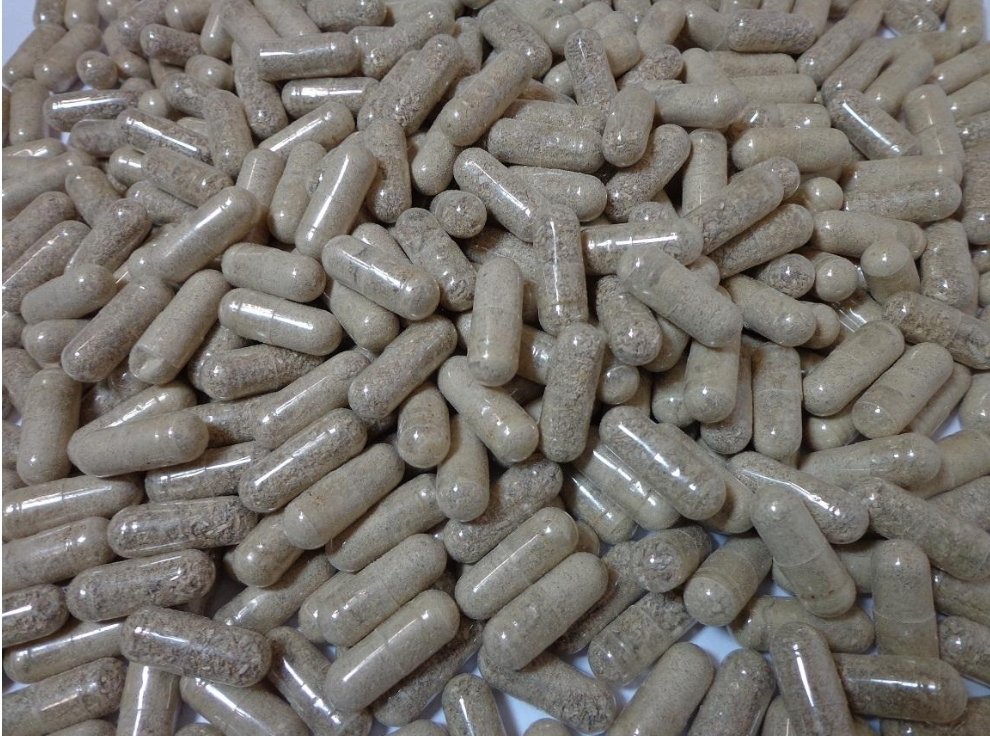
Creativity and Psychedelics: The link between psychedelics and creativity
For centuries, artists, writers, musicians, and thinkers have explored altered states of consciousness in search of inspiration. In recent years, psychedelics—such as LSD, psilocybin, and mescaline—have gained renewed attention not only for their therapeutic potential but also for their possible influence on creativity. While the relationship is complex, research and personal accounts suggest that psychedelics may enhance creative thinking by shifting perception, loosening rigid thought patterns, and encouraging novel connections.
How Psychedelics Influence the Creative Mind
Psychedelics affect serotonin receptors in the brain, particularly the 5-HT2A receptor, which plays a role in cognition, imagination, and perception. One of the most notable effects is the temporary reduction of activity in the default mode network (DMN)—the area linked to self-referential thinking and habitual mental patterns. When this network quiets down, the mind may become more flexible and open to unconventional ideas.
This cognitive shift can lead to:
Divergent Thinking: The ability to generate many possible solutions or concepts.
Enhanced Imagination: Heightened visualization and sensory perception.
Reduced Mental Barriers: Less judgment and inhibition in the creative process.
Improved Pattern Recognition: Seeing new combinations and relationships.
These qualities are central components of creativity and innovation.
Historical and Artistic Influence
Many notable creators have attributed moments of insight or inspiration to psychedelic experiences. Visual artists have reported seeing new color palettes or shapes, while musicians describe enhanced emotional connection to rhythm and tone. Writers have used altered states to break through blocks or explore abstract ideas.
Even in scientific and technological fields, there are accounts of psychedelics influencing problem-solving and original thought. The famous discovery of the DNA double helix structure by Francis Crick has been loosely linked to LSD, although such stories remain anecdotal.
Modern Research and Creativity Studies
Contemporary research has begun to test these claims more systematically. Studies on microdosing—taking very small, non-hallucinogenic amounts—suggest that psychedelics can improve mood, focus, and idea generation. Other controlled experiments have found temporary increases in openness to experience, a personality trait strongly tied to creativity.
However, researchers caution that creativity is not guaranteed and depends on factors such as intention, environment, and psychological state.
The Role of Set and Setting
Creativity under psychedelics is influenced by “set and setting”—a person’s mindset and surrounding environment. A calm, intentional, and safe context is more likely to produce inspiration than chaotic or stressful conditions.
Integration after the experience is also important. Many users report flashes of insight that only become meaningful when reflected upon afterward.
Cautions and Limitations
While psychedelics may support creative insight, they are not without risks. Intense experiences can be disorienting or emotionally overwhelming without guidance. Additionally, what seems groundbreaking in the moment may not always translate to practical or useful ideas later.
Legal restrictions also limit access and research in many parts of the world.
Conclusion
The link between psychedelics and creativity lies in their ability to disrupt habitual thinking, inspire fresh perspectives, and unlock imagination. While they are not a shortcut to artistic genius or innovation, they can act as catalysts for insight when used mindfully and responsibly. As research continues, we may gain a clearer understanding of how altered states can complement the creative process without compromising safety or intention.